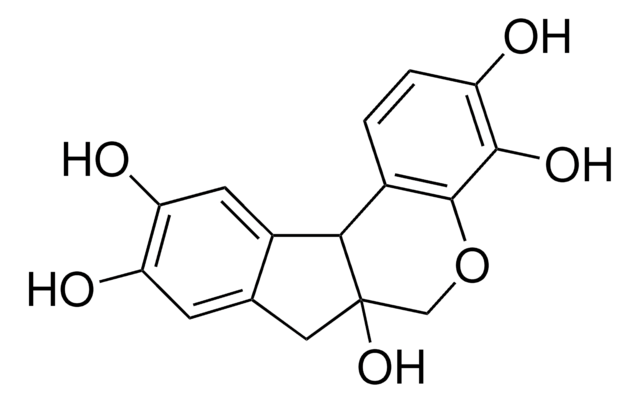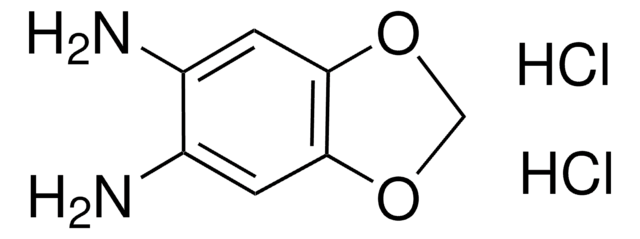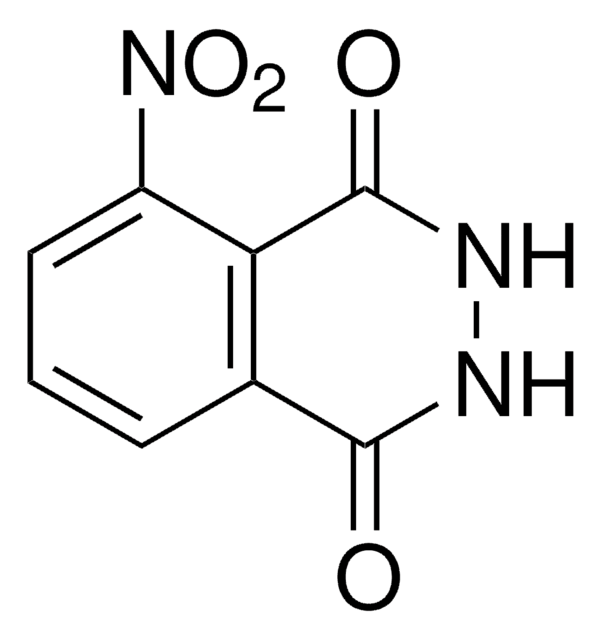157953
Sodium hydrosulfite
technical grade
Synonym(s):
Sodium hypodisulfite
About This Item
Recommended Products
grade
technical grade
Quality Level
Assay
≥82.5% (iodometric)
form
powder
pH
7-9 (20 °C, 50 g/L)
solubility
water: soluble(lit.)
cation traces
heavy metals: ≤0.002%
storage temp.
room temp
SMILES string
[Na+].[Na+].[O-]S(=O)S([O-])=O
InChI
1S/2Na.H2O4S2/c;;1-5(2)6(3)4/h;;(H,1,2)(H,3,4)/q2*+1;/p-2
InChI key
JVBXVOWTABLYPX-UHFFFAOYSA-L
Looking for similar products? Visit Product Comparison Guide
General description
Application
Sodium hydrosulfite has been used as a fluorescent quenching agent in the encapsulation of polynucleotides via production of asymmetric nanoparticles. It has also be used in the form of buffer for the elution of probe labelled proteins involved in the indentification of cellular targets of covalent kinase inhibitors via mass spectrometry method (MS).
Signal Word
Danger
Hazard Statements
Precautionary Statements
Hazard Classifications
Acute Tox. 4 Oral - Eye Irrit. 2 - Self-heat. 1
Supplementary Hazards
Storage Class Code
4.2 - Pyrophoric and self-heating hazardous materials
WGK
WGK 1
Flash Point(F)
Not applicable
Flash Point(C)
Not applicable
Choose from one of the most recent versions:
Already Own This Product?
Find documentation for the products that you have recently purchased in the Document Library.
Customers Also Viewed
Our team of scientists has experience in all areas of research including Life Science, Material Science, Chemical Synthesis, Chromatography, Analytical and many others.
Contact Technical Service










